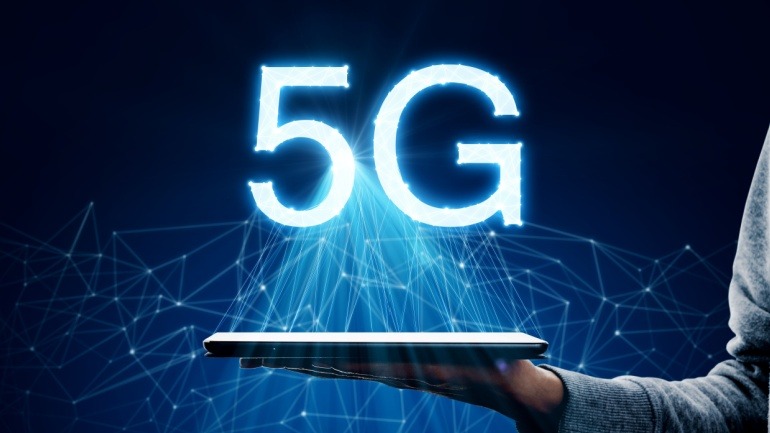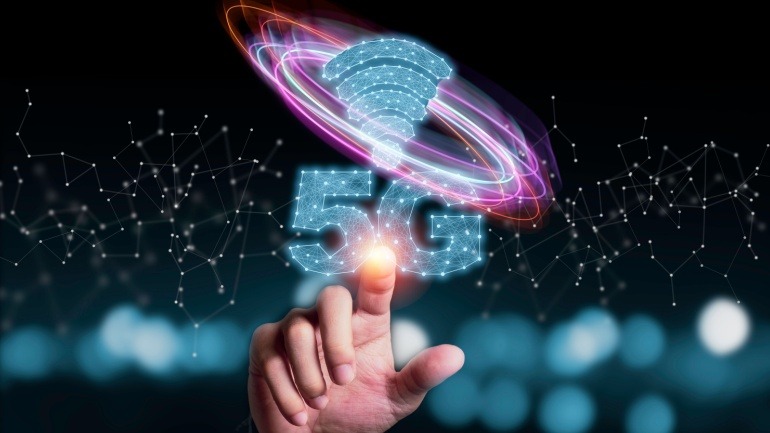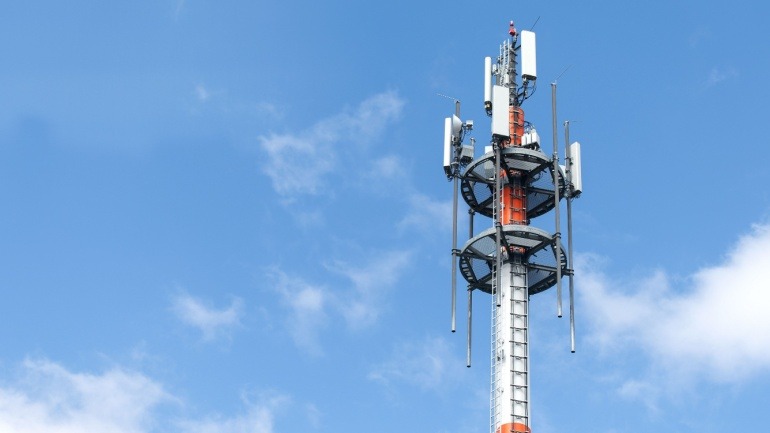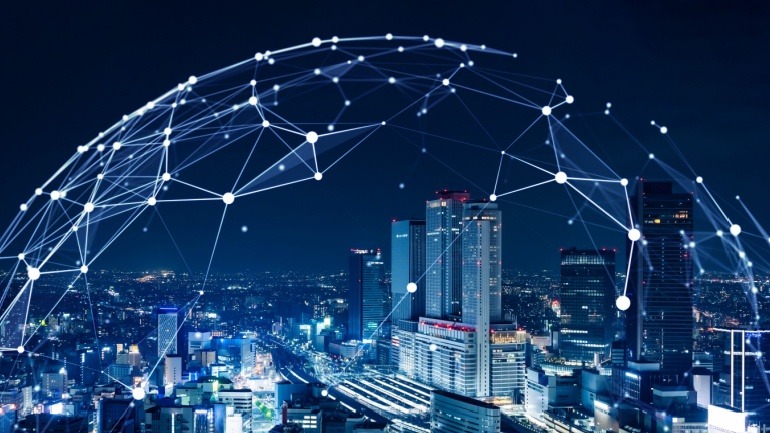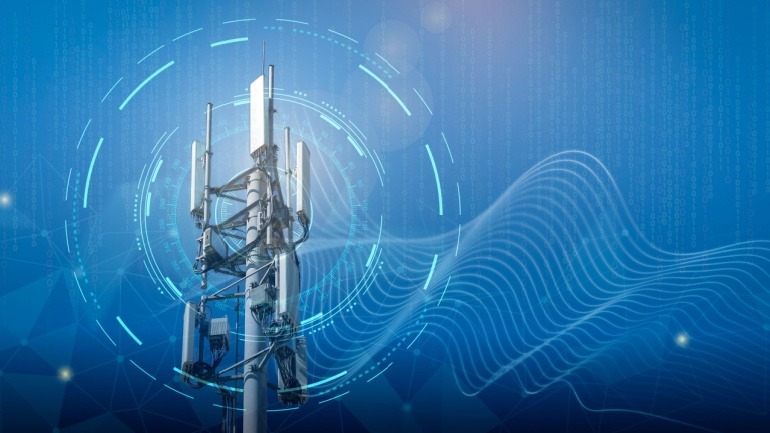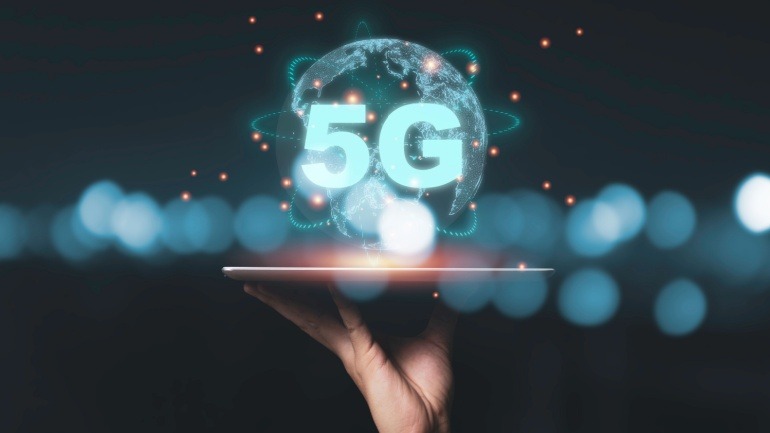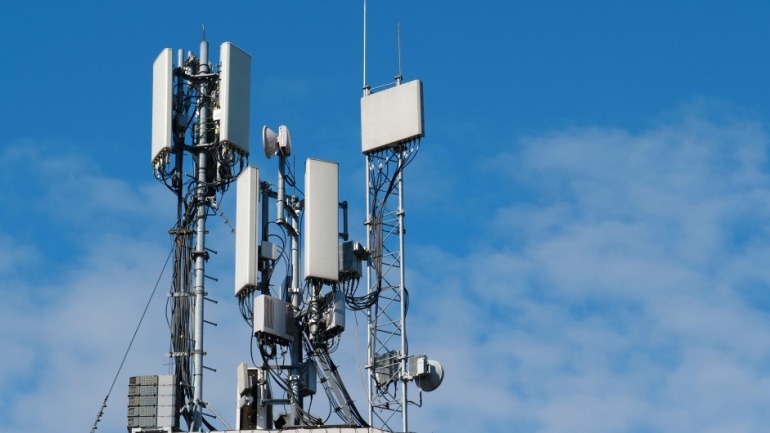China Unicom is spearheading an ambitious 5G-Advanced (5G-A) rollout, aiming to cover 300 cities by 2025. This substantial initiative highlights their commitment to network enhancement, offering blazing 5Gbps to 10Gbps speeds.
Telefónica has selected Nokia to supply 4G and 5G core network services for enterprises in Spain, enhancing low-latency solutions like industrial robots and IoT. Simultaneously, Telefónica is advancing its quantum strategy with the BasQ Alliance, hosting Fujitsu’s Digital Annealer to drive innovation in finance, energy, and telecom.
Druid Software has launched a high-end 5G core for private enterprise and edge networks, collaborating with Napatech and Red Hat. The solution enhances 5G SA features like network slicing and URLLC, optimizing efficiency and reducing costs.
Future Technologies has achieved impressive success with over $20 million in Industry 4.0 private 5G deals, primarily partnering with Nokia. Their focus on private 5G extends to connected industrial systems, boosting operational efficiency.
Virgin Media O2 has expanded its 5G Standalone services across the UK, now reaching 500 towns and cities. This strategic move enhances enterprise-level connectivity, supporting innovative applications such as autonomous transport and remote healthcare.
Airtel is revolutionizing India’s telecom sector by collaborating with Nokia and Qualcomm to amplify 5G Fixed Wireless Access (FWA) and Wi-Fi solutions. Emphasizing the advantages of 5G technology, this partnership is set to address India’s digital demands.
Samsung Electronics is enhancing UScellular’s 5G network in the Mid-Atlantic with its innovative 5G technology, focusing on fixed wireless access and mobile traffic. The deployment of the 5G Compact Macro simplifies installation and delivers high-speed, low-latency service, crucial for mmWave connectivity.
Nokia has strengthened its partnership with Orange France in a new four-year deal focused on enhancing 5G radio infrastructure. This collaboration leverages Nokia’s energy-efficient AirScale portfolio to improve network speed, capacity, and performance.
Ericsson has partnered with Ooredoo Qatar to deploy advanced 5G technologies, including AI-driven RAN, Massive MIMO radios, and high-capacity microwave backhaul. The collaboration enhances connectivity, expands 5G coverage, and enables future 5G-Advanced integration.
Boldyn Networks has secured a $1.2 billion debt facility to expand its services for enterprise growth. This significant investment reinforces Boldyn’s commitment to enhancing private 5G networks across North America.



